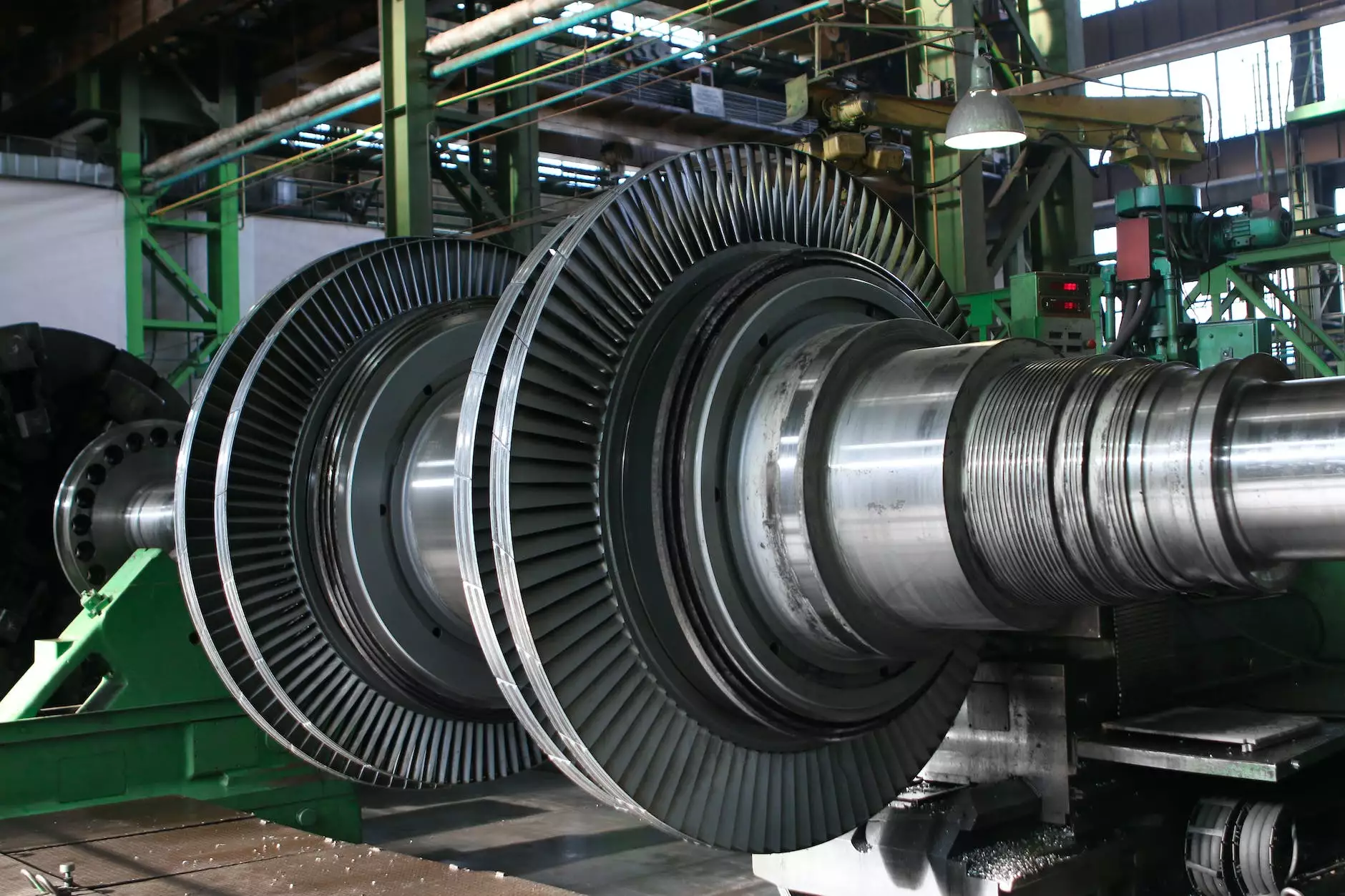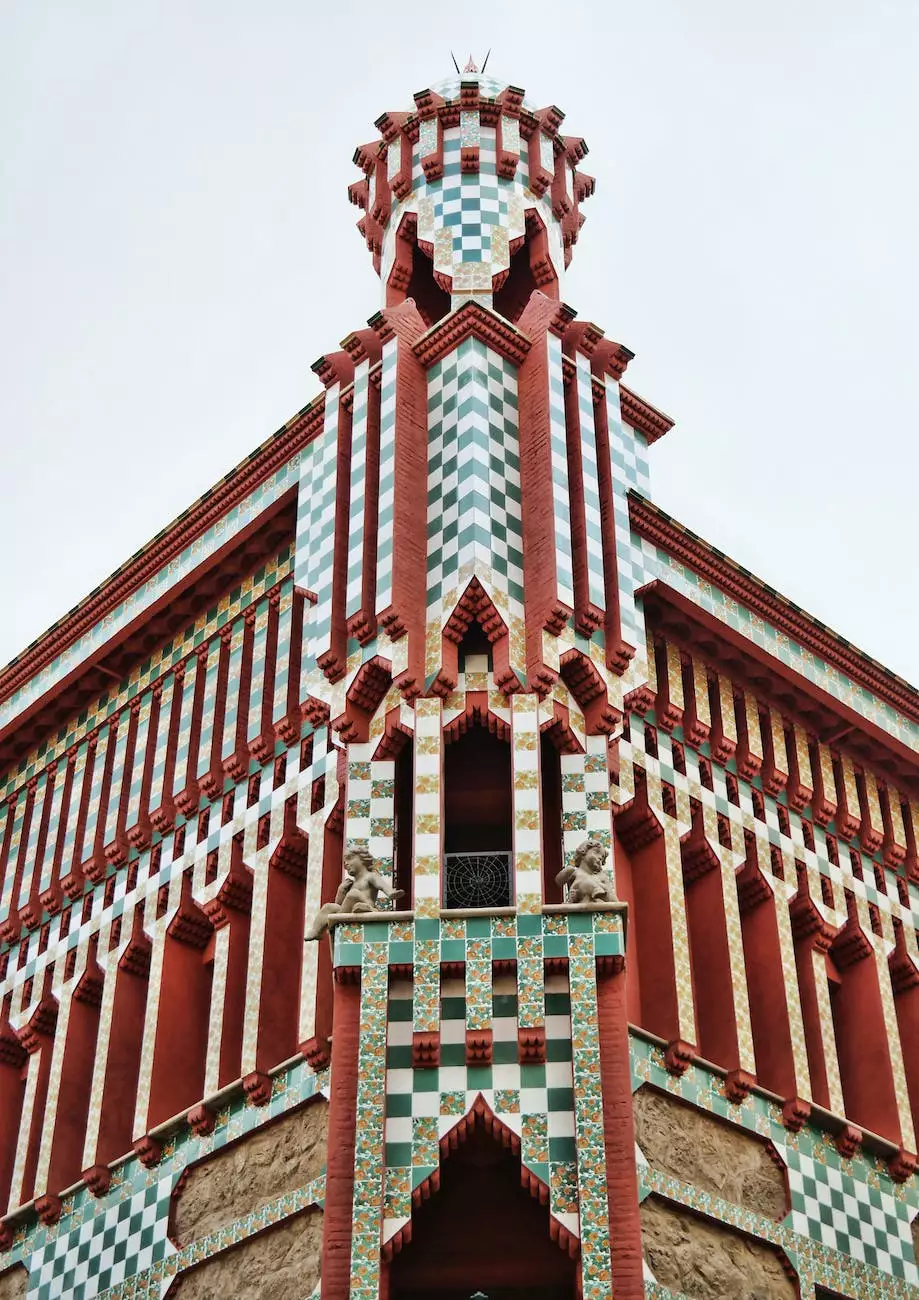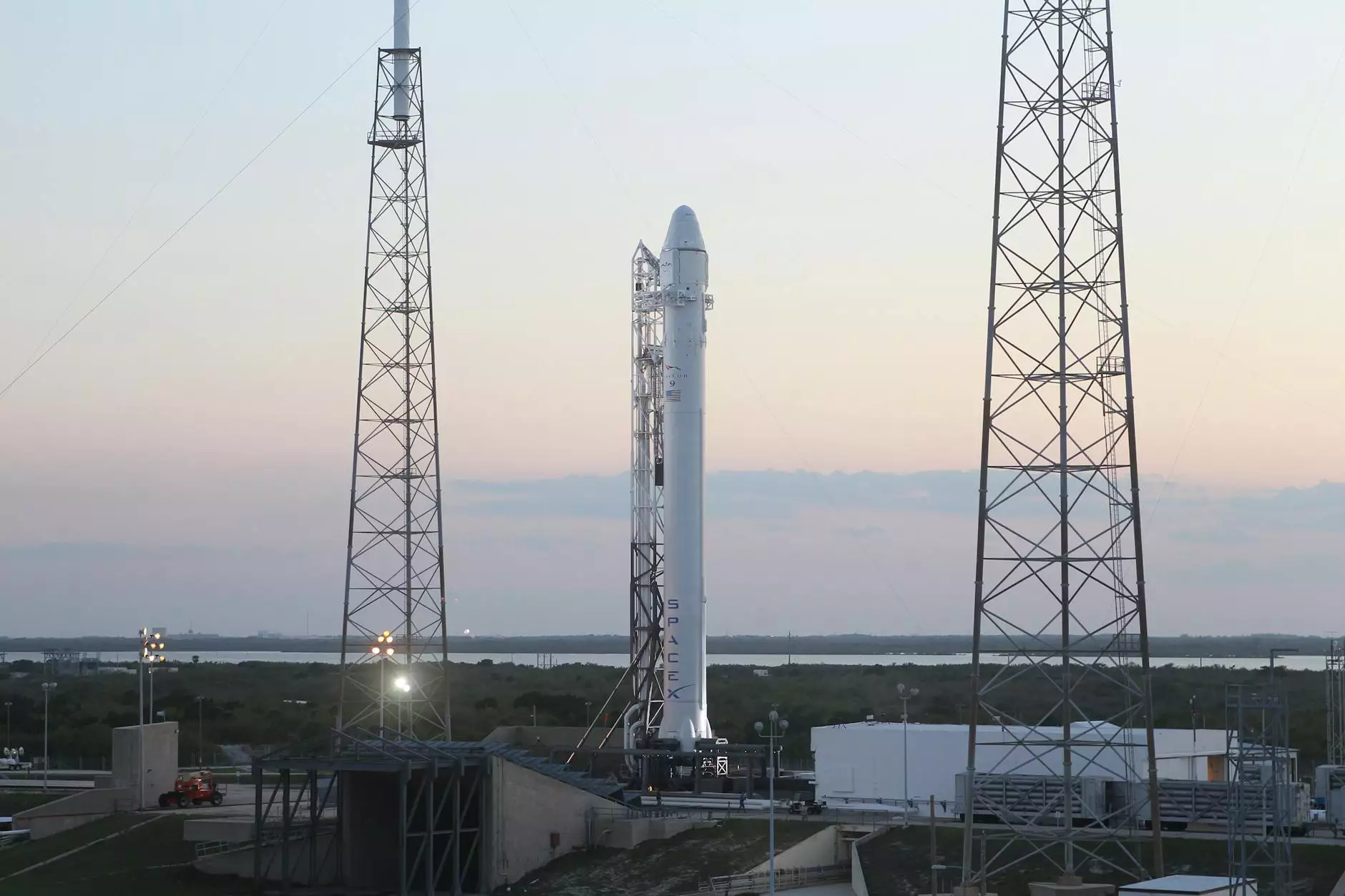Smart City // Dumb City
Projects
The Evolution of Urban Development
In today's rapidly changing world, cities are facing numerous challenges. From population growth to increasing energy demands, urban areas need to evolve to accommodate the needs of their residents. This is where the concept of smart cities comes into play.
What are Smart Cities?
A smart city is a vision of an urban environment that leverages technology and data to improve the efficiency, sustainability, and livability of the city. It involves integrating various digital technologies, such as Internet of Things (IoT) devices, sensors, and data analytics, to enhance the quality of life for residents.
The Benefits of Smart Cities
- Improved Efficiency: Smart cities use real-time data to optimize the use of resources, leading to cost savings and increased efficiency in areas like transportation, energy consumption, and waste management.
- Sustainability: By adopting smart technologies, cities can reduce their carbon footprint and promote sustainable practices, such as renewable energy generation and eco-friendly infrastructure.
- Enhanced Quality of Life: Smart cities aim to provide better services and amenities to their residents. This includes advanced healthcare systems, efficient public transportation, and enhanced safety measures.
- Economic Growth: The implementation of smart technologies can attract businesses, entrepreneurs, and investors, leading to economic growth and job opportunities.
The Role of Architecture in Smart Cities
Architecture plays a crucial role in designing and shaping smart cities. Architects are responsible for creating buildings and infrastructure that enable connectivity, sustainability, and adaptability to technological advancements.
Connectivity and Infrastructure
Smart buildings and infrastructure are integrated with advanced communication networks and sensors, allowing them to collect and share data. Architects design structures that accommodate these networks seamlessly, ensuring a connected and efficient environment for residents and businesses.
Sustainability and Energy Efficiency
In the context of smart cities, architecture focuses on sustainable and energy-efficient designs. From energy-efficient buildings to the integration of renewable energy sources, architects play a vital role in reducing carbon emissions and promoting eco-friendly practices.
Adapting to Technological Advancements
Architecture must continually adapt to the rapidly evolving technological landscape. This includes considering future-proof designs that allow for the integration of new technologies and ensure the longevity of smart city infrastructure.
Creating Livable Spaces
Smart cities are not just about technology; they are about people. Architects envision spaces that prioritize the needs of residents, considering factors like accessibility, public spaces, and the overall well-being of individuals living in the city.
The Future of Urban Development
The concept of smart cities is rapidly gaining momentum worldwide. As technology continues to advance, architects will play an increasingly significant role in shaping the future of urban development.
McKenna John J Architect - Leaders in Smart City Design
At McKenna John J Architect, we specialize in smart city design and architecture. With our expertise in heavy industry and engineering, we are at the forefront of creating innovative and sustainable solutions for cities of the future.
Contact us today to learn more about our services and how we can help transform your city into a smart and connected urban environment.










